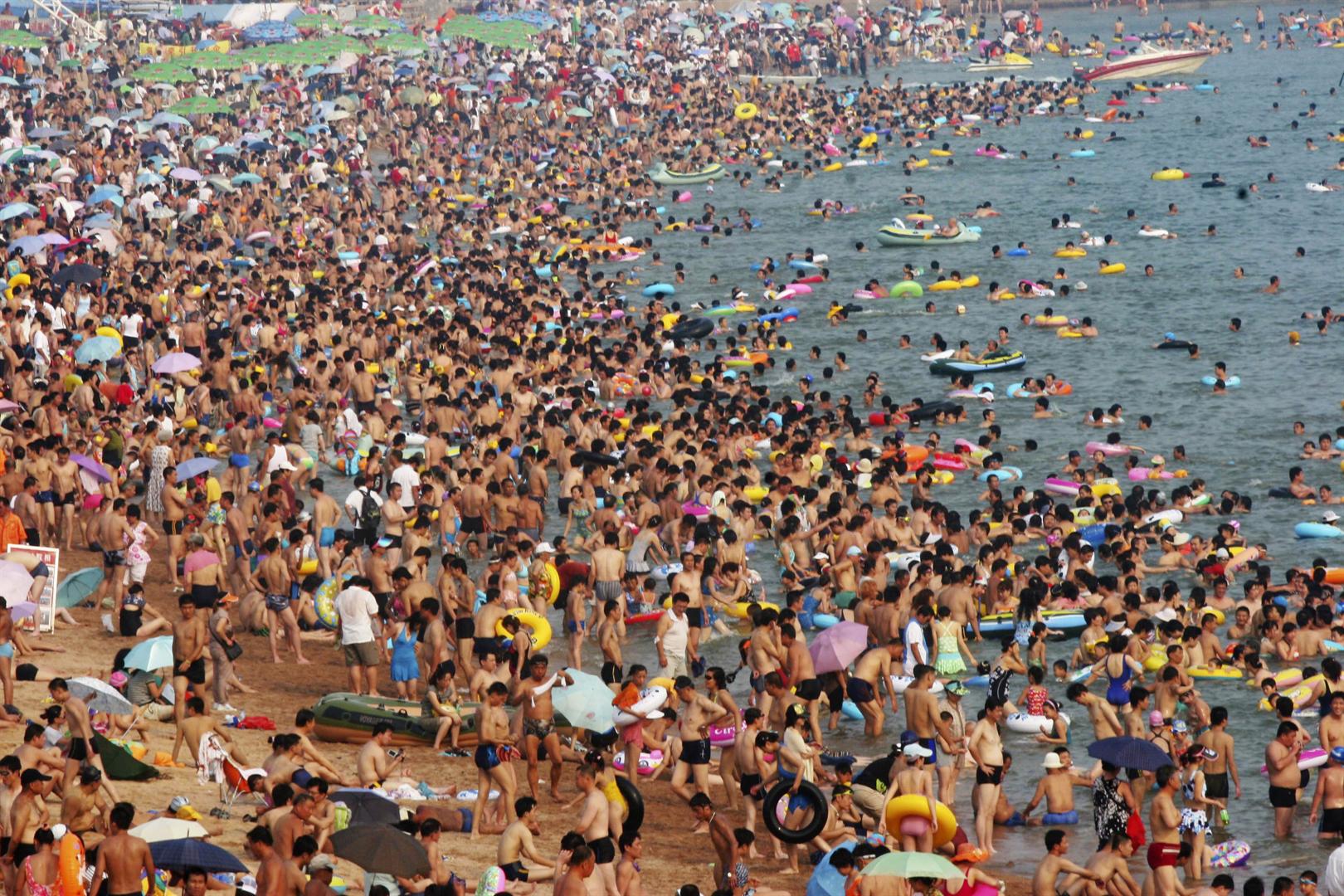Mass tourism is the product of mass leisure (i.e., rest from work). The World Tourism Organisation (1984) estimated that between 1960 and 1980 the proportion of countries in which the average working week exceeded 40 hours fell from 75 per cent to 56 per cent.
There has also been an increase in the number of people who are excluded from the formal economy, for example, there are more people living beyond the retirement age who are able to enjoy tourism.
Mass tourism depends not only on the growth of leisure time but also the structure of free time and on the economics of tourism industry. The World Tourism Organisation estimated in 1994 that there were 800 million workers globally who received paid holidays from work.
ADVERTISEMENTS:
The lifetime distribution of free time has also been an important influence on mass tourism. The ageing of the population and the growth of active groups with disposable income has added to the demand for tourism.
Perez estimates that in Europe, the proportion of tourism demand coming from 65+ group, increased from 15 per cent to 25 per cent between the mid- 1960s and the mid-1980s.
The demand for tourism is influenced by the image markers who effectively create tourist attractions. This is a diverse industry and includes designers of hotels and attractions as well as media and travel writers. Together they generate “the promises of the paradise sellers”.
ADVERTISEMENTS:
The economics of the tourism industry has played an important part in the emergence of mass tourism. Changes in transport technology by air as well as by land and sea have accelerated travel at reduced costs.
The virtuous circle of mass tourism has five main phases; to begin with, mass tourism emerged in the USA in the twenties and thirties. Two important conditions were: the spread of paid holidays and the extension of car ownership.
The growth of motel chains also provided the necessary accommodation infrastructure for the emerging tourism industry. The destinations of most tourists were coastal area and spa resorts.
Later artificial attractions become popular. There was some working class tourism in Europe at this time directed at the coastal areas.
ADVERTISEMENTS:
In the second phase in the fifties domestic mass tourism emerged in Europe fuelled by leisure time and car ownership. The coast was the main destination although rural tourism was also important in some countries.
In the third phase the late fifties and sixties mass tourism developed another dimension, being increasingly internationalised. Between 1950 and 1988, the number of international tourists increased from 25 million to 389 million. The USA and Canada topped the list.
In the fourth phase there was an Europeanization of international tourism from the 1960s. According to the World Tourism Organisation, globally there were 405 million international tourists in 1989, and the destination for 64 per cent of these was Europe.
Of these, the movements were mainly within that continent. The growth of mass tourism was facilitated by the easing of travel regulations and by the growth of the international air travel industry.
The financial, legal and practical barrier to foreign travel within Europe was an important precondition of mass international travel.
In the last phase in the late twentieth century there has been a globalisation of the tourism industry. Globalisation has occurred as more and more countries have become locked into international travel tourism from Japan, Europe, North America, Australia, India and the Middle East have become increasingly internationalized. At the same time, the range of destinations of mass tourism has increased.
The factors responsible for mass tourism are as follows:
(i) Sustained prosperity and consequent rise in the income of the people;
(ii) Increase in paid leisure time;
(iii) Rise in educational standard;
(iv) Reduction in the size of family;
(v) Development of good communication system;
(vi) Growth of travel agents;
(vii) Monotony of work life in an industrialised society;
(viii) Growth in the number of International Conferences.

